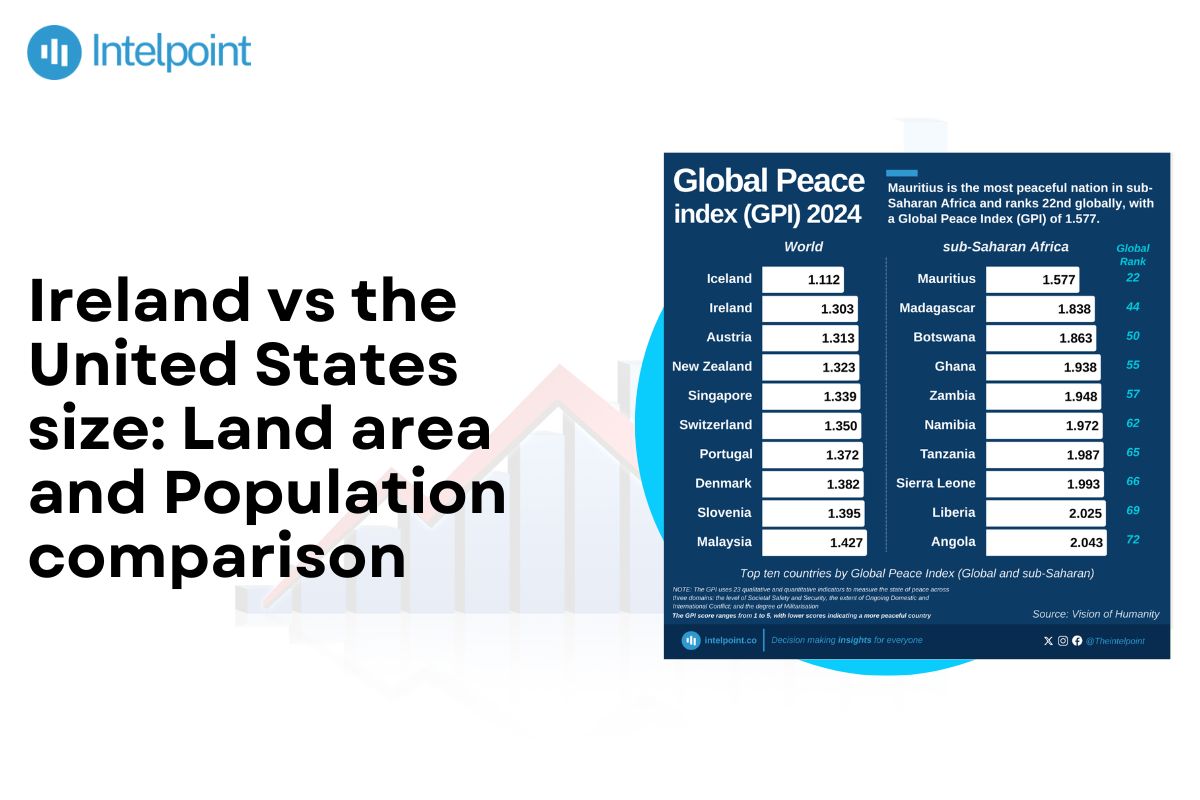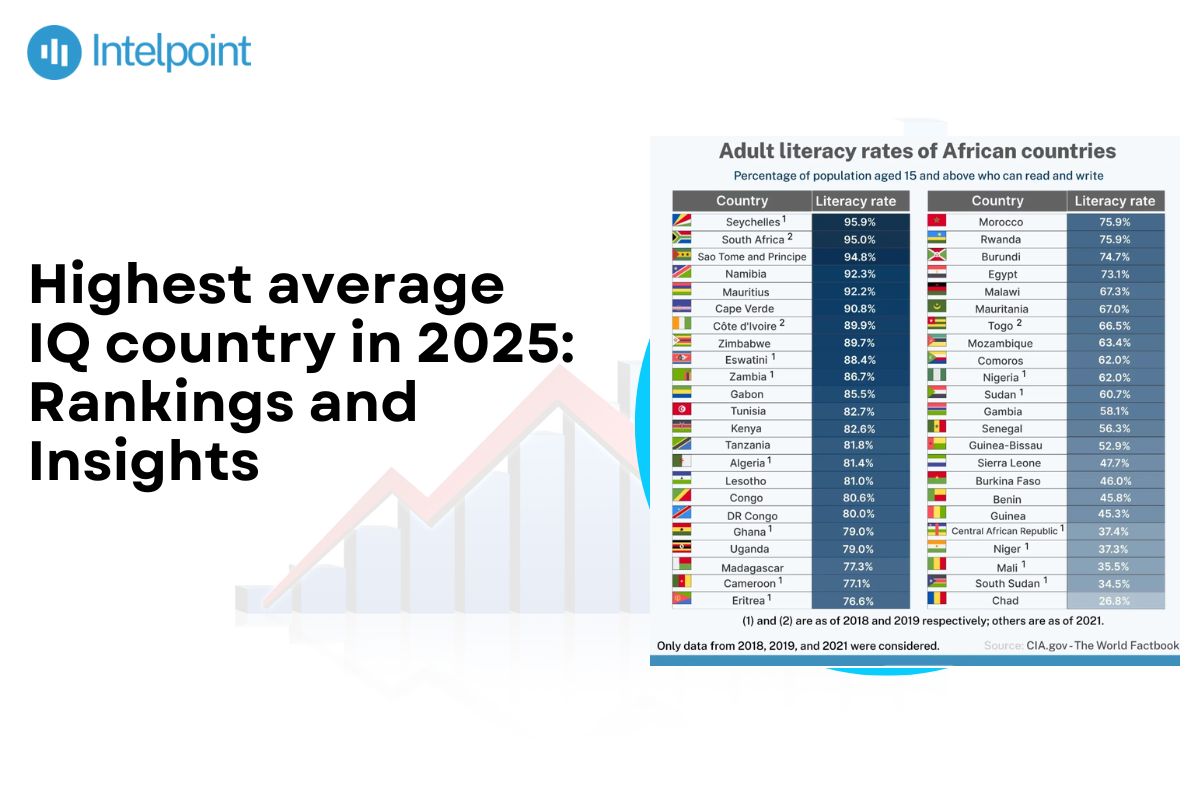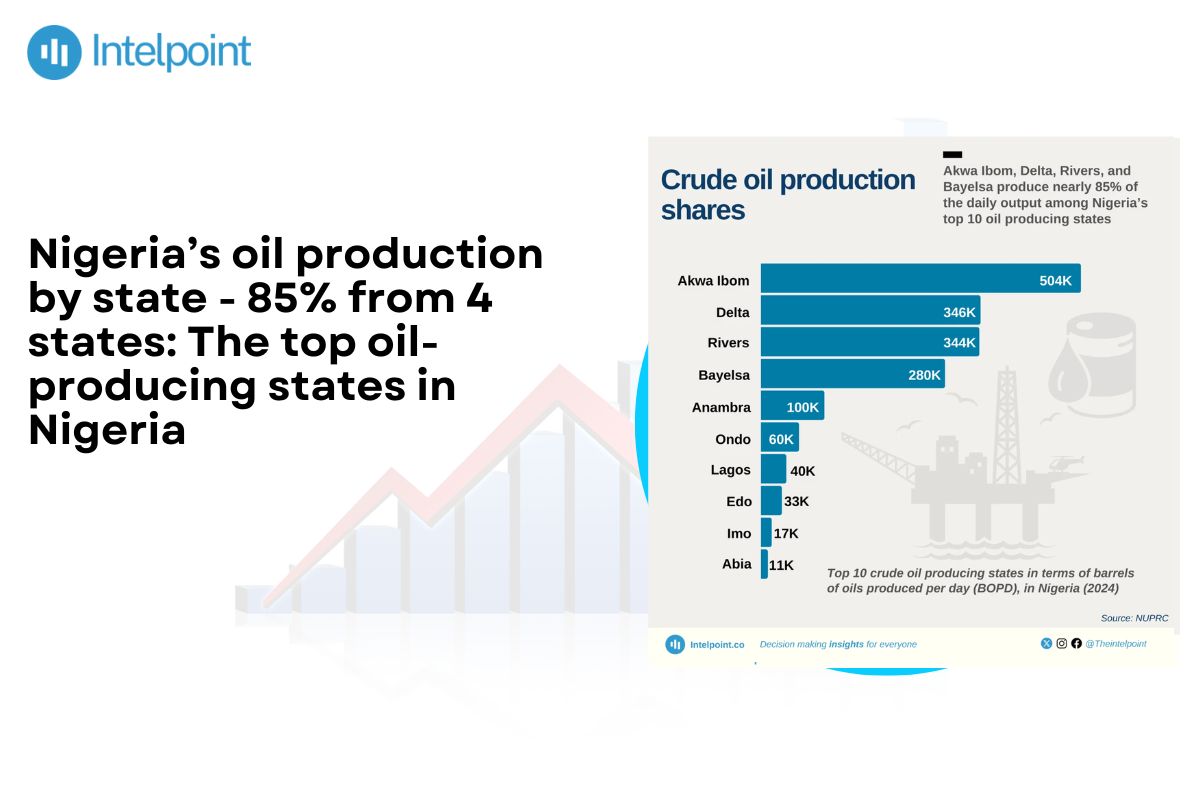The population on the island of Ireland, comprising both the Republic of Ireland and the United Kingdom’s Northern Ireland, has grown by nearly a third over the past two decades, reaching seven million for the first time since the 19th-century Potato Famine, according to newly published figures.
This development has necessitated the comparison between Ireland and the United States (U.S.).
This article takes a close look at land area, population, density, economy, and cultural factors, exploring how Ireland (the Republic of Ireland) compares to the U.S.’s diversity.
Key takeaways
- The Republic of Ireland has a land area of 70,273 km².
- With 347+ million people, the U.S. population far exceeds Ireland’s 5.3 million, and states like California (39.1 million) have more residents than the entire country of Ireland.
- Ireland has a population density of 77 people per square kilometre, with the majority of its population concentrated in Dublin. In contrast, U.S. states exhibit a considerable range. Montana has a population density of 2.8 people per square kilometre, indicating that the density and urbanisation levels differ.
- Ireland leads in terms of economic strength and cultural influence.
NOTE: This report focuses on Ireland (also known as the Republic of Ireland), an independent country, while Northern Ireland is a constituent part of the United Kingdom. The Republic of Ireland occupies the majority of the island of Ireland.
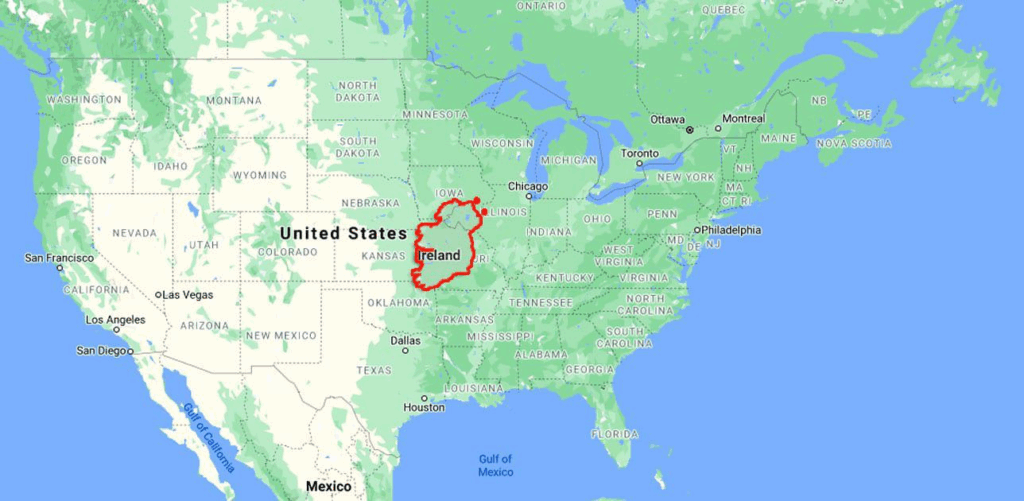
Landmass Comparison
Ireland’s total area, which is a compact 70,273 km² (land area: 68,883 km² and water area: 1,390 km²), according to World Atlas, is similar to that of U.S. states like South Carolina (82,933 km²) and Indiana (94,321 km²), making them the closest matches.
However, when you compare Ireland against giants like Texas (695,662 km², 10 times larger) or California (423,967 km², six times larger), it becomes clear just how large the U.S. is.
For better understanding, Ireland could fit into Alaska’s massive 1,717,854 km² 24 times, and into the entire United States, which spans about 9,833,520 km², another indication of America’s vast size.
Population Comparison
When we consider Ireland’s Worldometer projected population of 5.3 million in 2025, it is a relatively small number compared to some U.S. states. South Carolina’s 5.4 million and Indiana’s 6.8 million come closest in demographic size. By contrast, the entire United States is projected to have about 341 million people in 2025, a staggering difference that highlights how compact Ireland’s population is compared to the vastness of America.
U.S. states like California, with its whopping 39.1 million residents, are nearly as populous as Canada, an entire country. This completely overshadows Ireland’s smaller population and highlights just how significant the populations of some U.S. states are.
Historical data of Ireland’s demographic growth reveals some fluctuations. It was 2.71% in 2023, 2.60% in 2022, 0.95% in 2021, and 1.03% in 2020. The latest official estimates indicate that the population grew by 1.9% (approximately 98,700 people) in the year preceding April 2024, marking the most significant 12-month increase since 2008. Net migration contributed to this increase, bringing in 79,300 people.
This contrast reflects differences in population size rather than growth trends. For instance, Wyoming’s 0.58 million residents make it smaller than Ireland, while Texas, with about 31 million people, far surpasses it, which showcases the wide range in U.S. state populations.
These 2025 figures illustrate Ireland’s close-knit population in comparison to the much larger demographic landscape of the U.S.
Population Density and Urbanisation
Ireland’s population density for 2025 is 77 people per square kilometre, which is higher than states like South Carolina (69 per km²) and Indiana (74 per km²), but can't be compared to New Jersey’s 488 people/km².
With a population of 5.3 million, Ireland’s people primarily reside in cities such as Dublin and Cork, where 63.4% of the population resides in urban areas, according to UN data.
A significant number of Ireland’s population is centred in urban areas, with 40% residing in cities such as Dublin and Cork, leaving the countryside relatively peaceful. In the U.S., the situation differs from state to state.
Regarding urbanisation rates, only 63.4% of the Irish population resides in cities, compared to 83.3% of the American population. This contrasts Ireland’s charming rural setting with America’s sprawling suburbs.
Economic Comparison
Economic strength and diversity are other metrics of contrast between Ireland and the U.S states. While the country is small in total area, its economic output is impressive, even surpassing that of some U.S. states. Here's how they compare:
- Ireland’s GDP (PPP) is estimated at $598 billion, according to the IMF, surpassing that of South Carolina ($423 billion) and Indiana ($527 billion), highlighting Ireland’s high-tech edge against the U.S. states’ manufacturing focus.
- GDP Per Capita: Ireland's GDP per capita (PPP) was $115,337 in 2024 and $124,578 in 2023, according to World Bank data. However, there's significant controversy around Ireland's GDP figures due to multinational tax strategies, leading Ireland to create a replacement statistic called modified GNI. Statista estimates identified Georgia at $62,703, South Carolina at $49,887, and Indiana at $60,580. The pharmaceutical and technology sectors drive this record.
- Key Industries: Ireland excels in tech and pharma (e.g., Pfizer, Johnson & Johnson), while the U.S states, in close contrast, like Indiana, focus on manufacturing, and South Carolina on automotive and tourism.
- Trade Dynamics: Ireland’s EU market access boosts exports; U.S. states leverage federal policies, but tariffs impact trade.
Cultural and Historical Influences
- Global Cultural Reach: Ireland’s literary legends like James Augustine Aloysius Joyce, Samuel Barclay Beckett, and Seamus Justin Heaney, along with music icons such as Sinéad O’Connor, have captured hearts around the world. Their impact is felt overseas, with millions of dollars in revenue. This makes their influence seem even more significant than their country’s small size.
- Heritage Contrast: The Gaelic essence of Ireland, rich in Celtic myths and language, pales in comparison to South Carolina’s colonial history, which beautifully blends African, British, and Native influences.
- Immigration: With 17% of its population born abroad, Ireland's immigrant community, promoted by EU mobility, is smaller than California's, which has 27%. This community is a vibrant mix, with contributions from Latin American and Asian immigrants.
Meanwhile, globally, Ireland remains among the countries that continue to lead the peace rankings, with Europe dominating the top spots.
Data gathered by IntelPoint from Vision of Humanity showed that Iceland continues to lead as the most peaceful nation in the world with an impressive Global Peace Index (GPI) of 1.112 in 2024, followed by Ireland, which has 1.303 GPI.
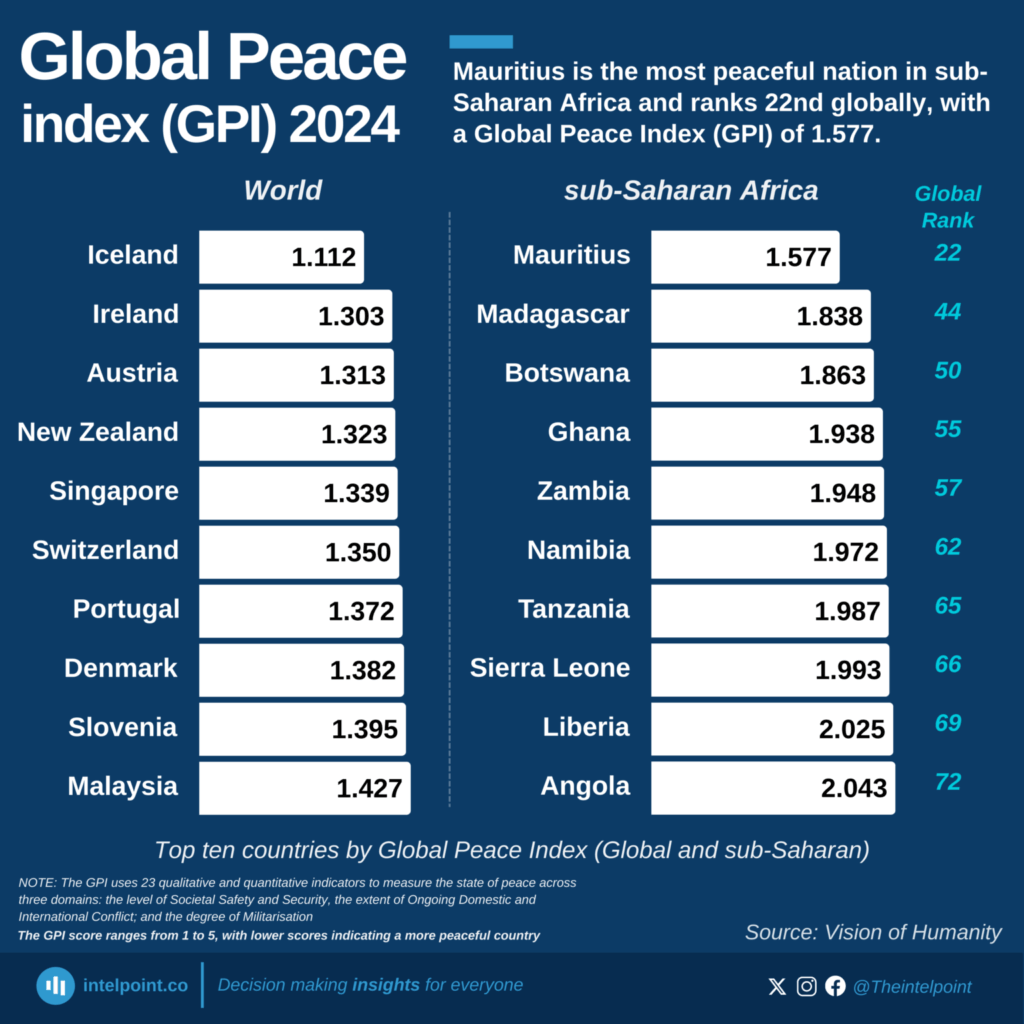
It illustrates the impact of regional stability and cooperation in Ireland, in comparison to the United States.
Other relevant factors
Other relevant yardsticks include geography, travel times, and environmental factors.
- Geography: Ireland features beautiful greenery, with low mountains like the MacGillycuddy's Reeks and gentle rolling plains. This is quite different from the flat coastal areas of South Carolina or the vast grasslands of Indiana.
- Travel time: If you were to drive across Ireland, from Cork to Donegal, it would take approximately 4.5 hours, according to Google Maps. In contrast, a north-to-south drive in South Carolina takes around 4 hours, 1 hour and 18 minutes in New Jersey, and 2 hours in Maryland.
- Environment: Interestingly, Ireland has only 11% forest cover, which is significantly lower than the U.S. average of 33%, indicating a lower woodland density.
- Climate: The chill, rainy climate of Ireland, with temperatures ranging from 10 to 15°C, contrasts with South Carolina’s humid subtropical heat, which can reach up to 32°C, or Indiana’s varied weather.
Final note
Ireland, with a small population, is about the size of South Carolina and similar states. Still, it stands out on the global stage with its rich culture and significant economic influence.
The country's compact landscape makes it easy to connect with others, while the diversity of the U.S. states lies in its economic power.

